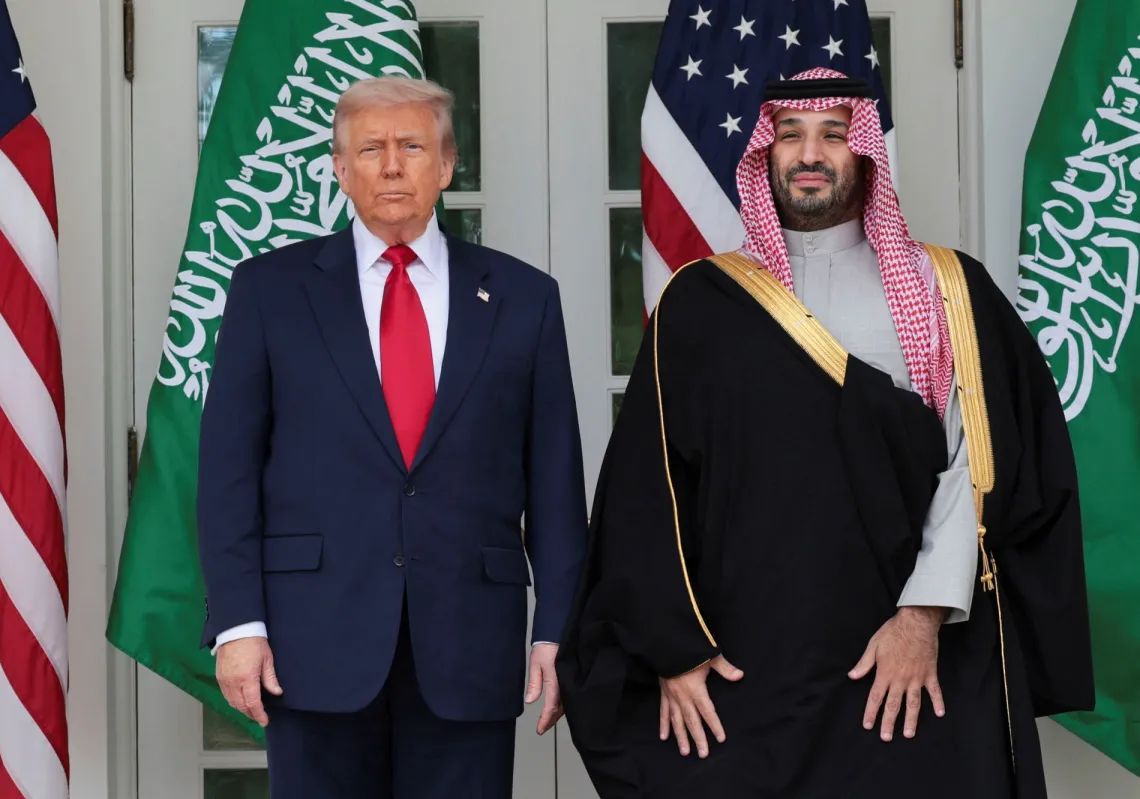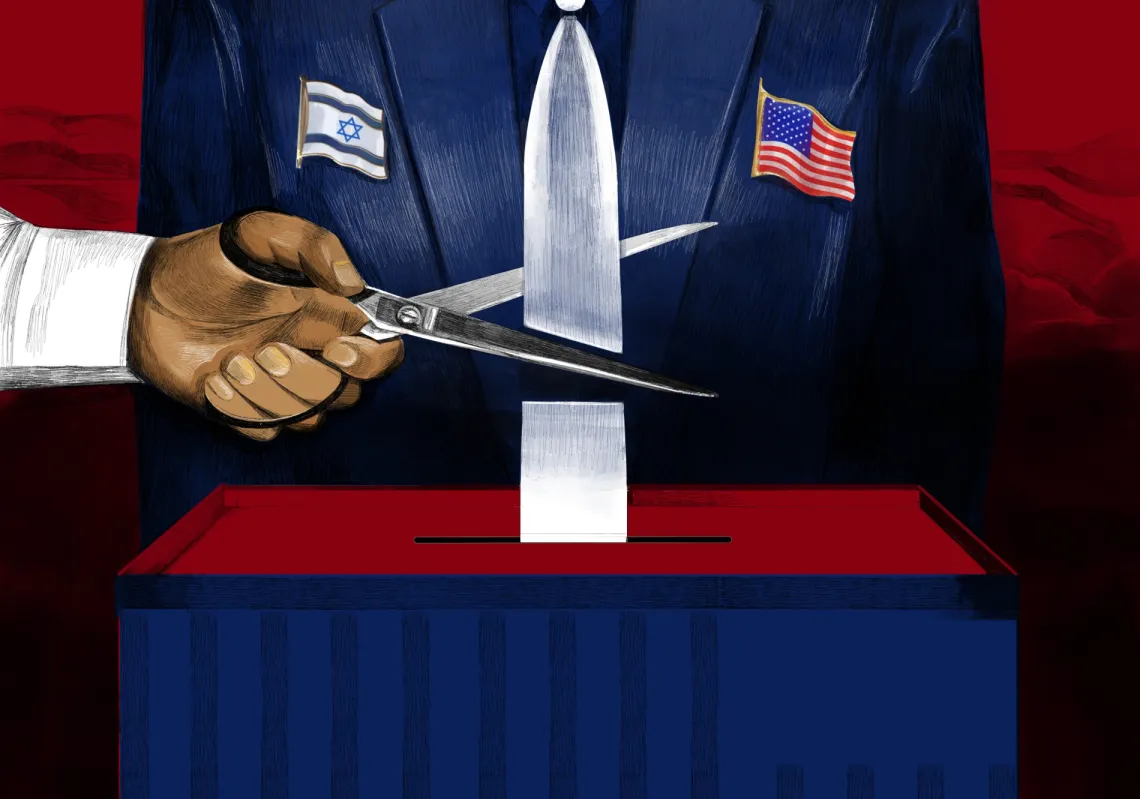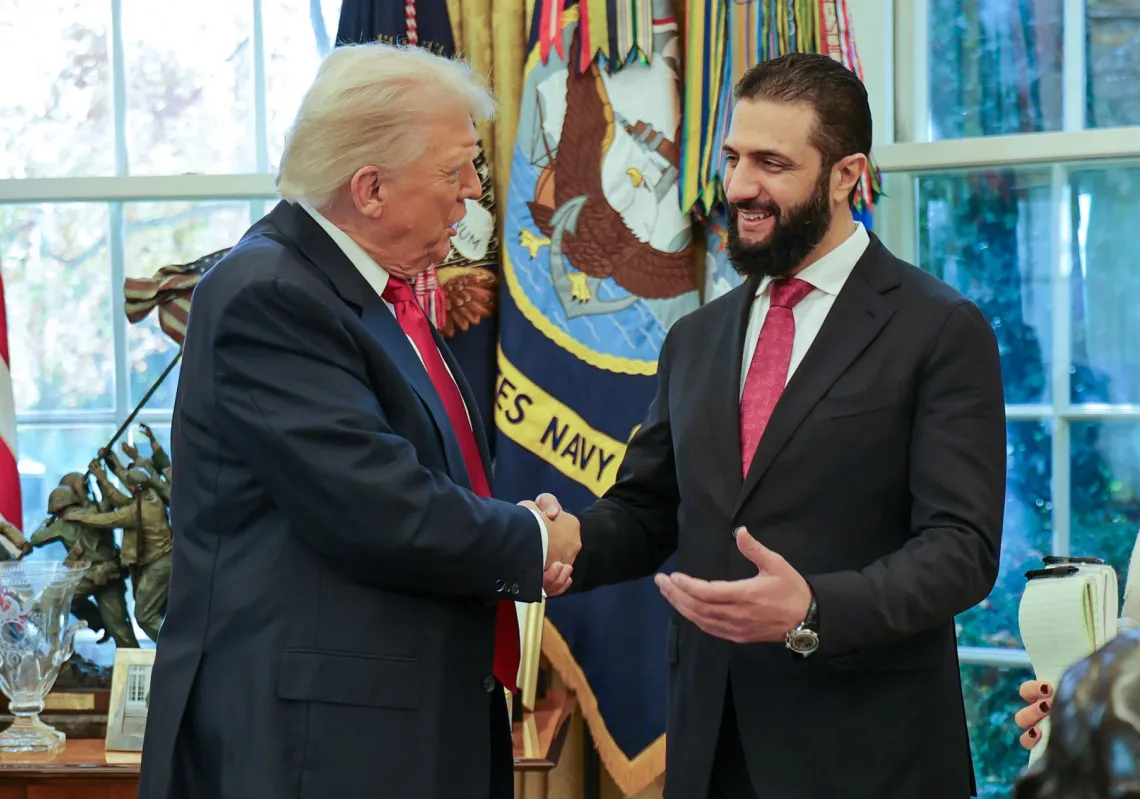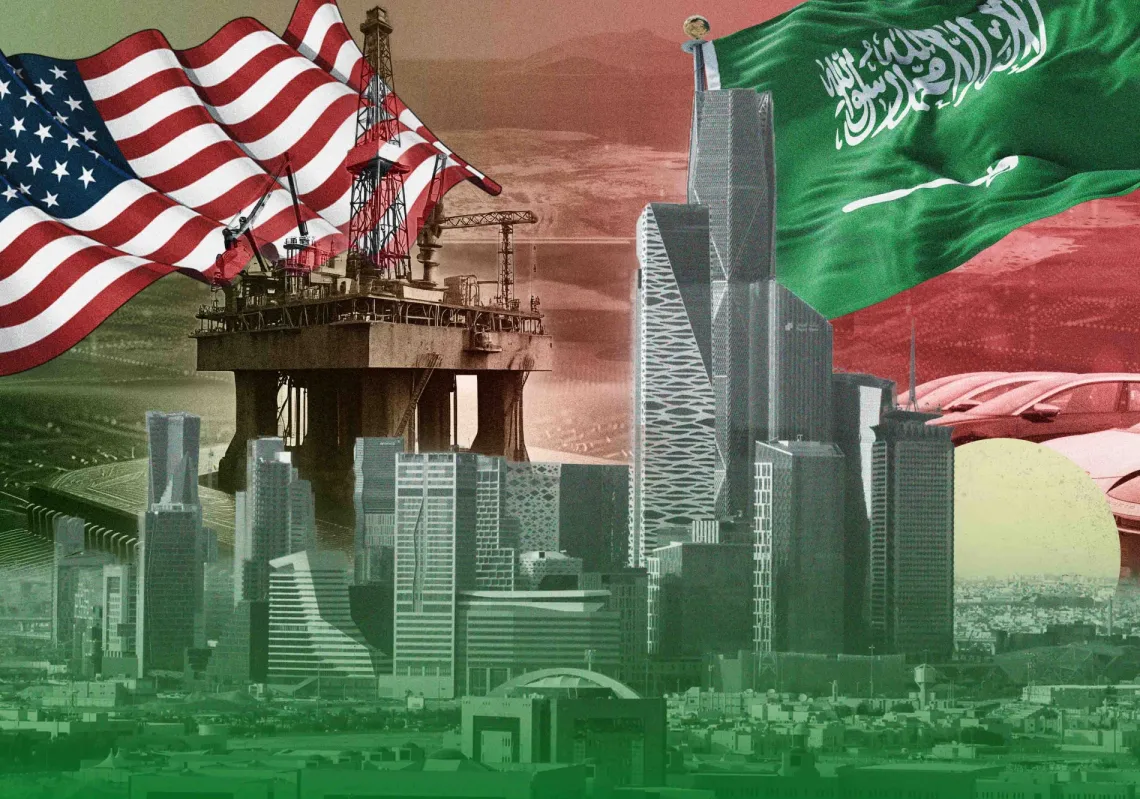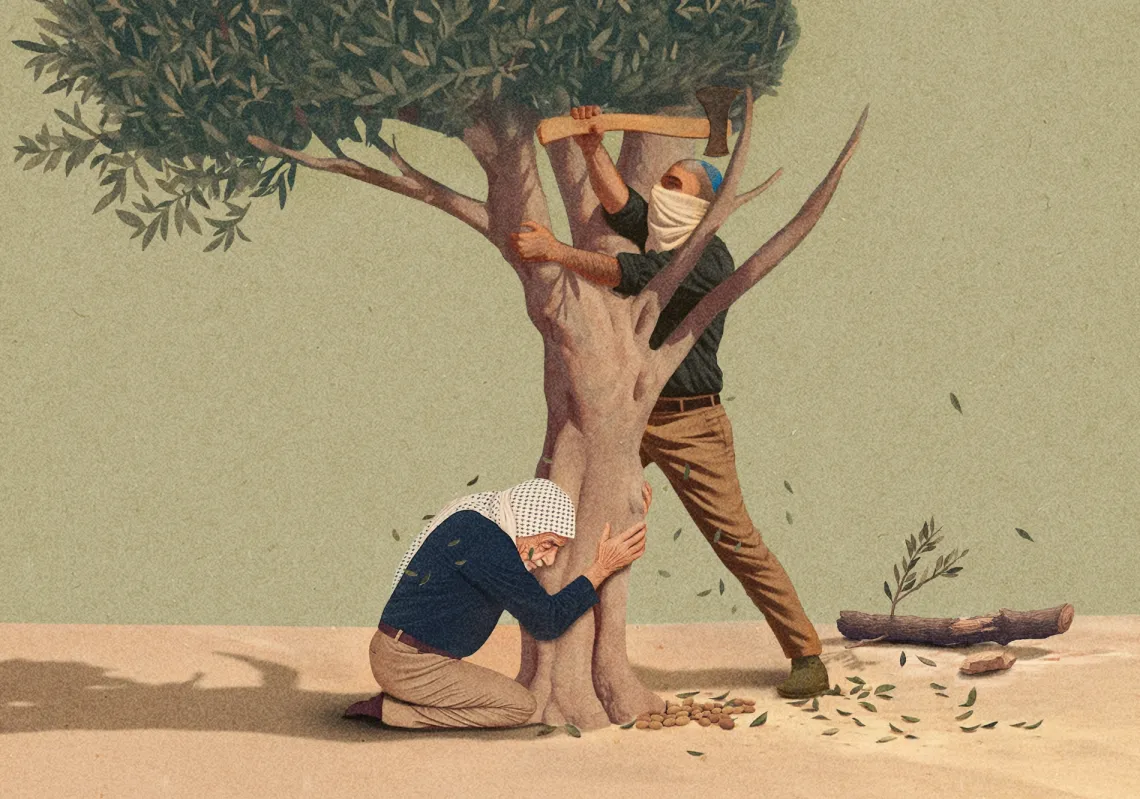 Jamal Penjweny
Jamal PenjwenyPhotograph from the series Saddam is Here, 2009-2010. ©Jamal Penjweny, Courtesy of the artist.[/caption]
Saddam Hussein, like any other dictator, had the ability to divide society; some loved him while others loathed him for his cruelty. While the media placed emphasis on Saddam and the personality cult that surrounded him in the years between the 2003 invasion and his death, today he is rarely mentioned despite the lasting impact his twenty-four years in power had on ordinary Iraqis.
Iraqi photographer, artist and filmmaker Jamal Penjweny aims to fill that gap. Penjweny, whose work has appeared in publications including the New York Times, Washington Post and National Geographic, has spent the last ten years documenting the effects of the 2003 Iraq war on its people, who continue to live in fear.
Penjweny’s first solo exhibition, Saddam is Here, showing at the Ikon Gallery in Birmingham, UK, combines photography and video work to examine Saddam’s lingering presence in the years after his death. The key photographic series of the exhibition consists of twelve images of Iraqi citizens in various everyday locations, holding a life-size picture of the dictator’s face in front of their own.
In this exhibition, Saddam’s image is a mask for concealing expressions of emotion, personality and independence. In conversation with The Majalla, Penjweny described the individuals represented in the photographs as “human beings with a shared history of fear, which we should try to overcome together.”
The Majalla: The Saddam is Here photo series reflects how Iraqi society remembers Saddam Hussein. Can you tell us more about this project?
Saddam is Here is a series of photographs that I took in Baghdad during the worst period of the war in 2008. This is an older body of work which finds its actuality in today’s Iraq. Saddam Hussein’s regime left behind a heritage which penetrated every aspect of Iraqi society; a way of doing politics, a way of pursuing power and a way of being male in Iraqi society. This had never been comprehensively documented before, so I considered it to be a very important undertaking.
Q: What were you trying to achieve in producing this series?
Part of what I was doing was filling a gap—I was trying to preserve something important that was previously undocumented. I also wanted to initiate a dialogue about Saddam’s continuing presence in the lives of Iraqi citizens.
As individuals within a society, we challenge the policies set in place by Saddam that sought to keep individuals from their true identities and make them afraid. All the people featuring in Saddam is Here, no matter where they live in Iraq—Baghdad, Erbil, Basra, Fallujah—are all human beings with a shared history of fear which we should try to overcome together. I believe that art can, and should, play a central role in achieving this.
Q: What was the most challenging aspect of this project?
Decades of repression, censorship and conflict have limited Iraq’s culture. However, art is now reemerging from within the country, despite the difficulties we have to face, and there is an incredible diversity among artists now practicing in Iraq.
Art in Iraq . . . is inescapably political. There can be no physical or conceptual distance between one’s artistic practice and the social ramifications that influence, and to some extent dictate, how we live and experience our country.
Q: How did your photography career begin?
When I started my career as an artist, I was painting and sculpting. I only moved into photography when I worked as a shepherd and café owner. Initially I was working as a photojournalist. I think that my two photographic series, Saddam is Here and Life at the Border, marked a big transition for my artistic practice; there was a shift from photojournalism to conceptual art in both photography and film-making. Artistic evolution for me is something that occurs naturally and empirically.
Q: Where does your interest in photo and video work come from and why are you drawn to them?
My work started with the intention of reporting life on the ground in Baghdad and at the border of Iraq. So I was initially a photojournalist. The series Saddam is Here and Life at the Border marked this transition from journalism to conceptual art in both photography and filmmaking. During the making of these series, my practice naturally developed from expressing long-lasting concepts to something which was about producing art, as opposed to documentary photography.
What I’m interested in with photography is that it’s a medium through which an unbiased truth can be captured and presented to the world. This positions the artist’s intervention as simply bearing the message. It is an absolutely vital element in the overall discussion around the current situation in Iraq.
Q: How do you choose the photographs or subject matter for your projects?
The starting point for my work is essentially a truth which I feel is being overlooked by the media. I also seek to combat stereotypes.
My art is intrinsically linked to my experience of living on the border. I come from a Kurdish village just a few kilometers from the Iraq–Iran frontiers, a place that almost no one would know as being part of Iraq. Living by the border, the term “the state” becomes almost meaningless. National identities and languages merge and we find ourselves as human beings sharing a common experience or story, regardless of our sex, race or nationality.
This shared experience, this life story, is what informs my work at its core. I am not an unbiased observer. I am part of the reality that is being represented in my photographs and films.
Jamal Penjweny’s Saddam is Here will be showing at the Ikon Gallery, Birmingham, in collaboration with and supported by the Ruya Foundation for Contemporary Culture in Iraq, until April 21, 2014.



